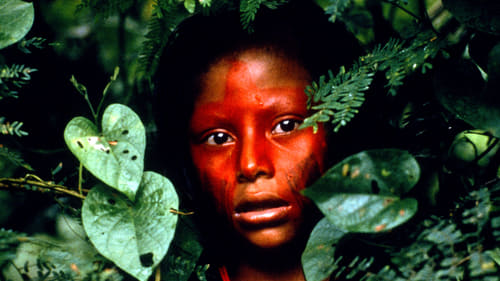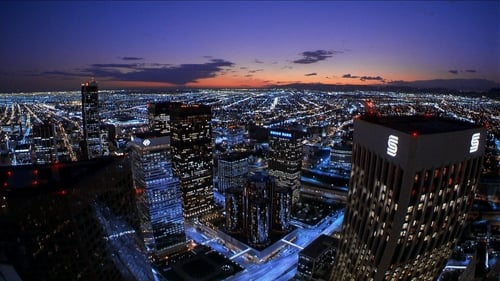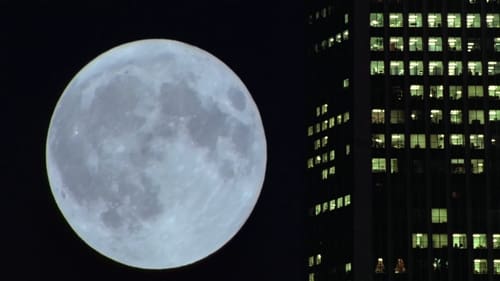
Ron Fricke
出生 : , USA
略歴
From Wikipedia, the free encyclopedia. Ron Fricke is an American film director and cinematographer, considered to be a master of time-lapse photography and large format cinematography. He was the director of photography for Koyaanisqatsi (1982) and directed the purely cinematic non-verbal non-narrative feature Baraka (1992). He designed and used his own 65 mm camera equipment for Baraka and his later projects. He also directed the IMAX films Chronos (1985) and Sacred Site (1986). His most recent work was as cinematographer for parts of the film Star Wars Episode III: Revenge of the Sith (he was hired to shoot the eruption of Mt Etna in Sicily for use in scenes of the volcanic planet Mustafar). The sequel to Baraka, Samsara, is currently in production.
Fricke writes about his work: "I feel that my work has evolved through Koyaanisqatsi, Chronos and Baraka. Both technically and philosophically I am ready to delve even deeper into my favorite theme: humanity's relationship to the eternal".
Description above from the Wikipedia article Ron Fricke, licensed under CC-BY-SA,full list of contributors on Wikipedia.

Editor
Filmed over nearly five years in twenty-five countries on five continents, and shot on seventy-millimetre film, Samsara transports us to the varied worlds of sacred grounds, disaster zones, industrial complexes, and natural wonders.

Cinematography
Filmed over nearly five years in twenty-five countries on five continents, and shot on seventy-millimetre film, Samsara transports us to the varied worlds of sacred grounds, disaster zones, industrial complexes, and natural wonders.

Writer
Filmed over nearly five years in twenty-five countries on five continents, and shot on seventy-millimetre film, Samsara transports us to the varied worlds of sacred grounds, disaster zones, industrial complexes, and natural wonders.

Director
Filmed over nearly five years in twenty-five countries on five continents, and shot on seventy-millimetre film, Samsara transports us to the varied worlds of sacred grounds, disaster zones, industrial complexes, and natural wonders.

Self
This documentary offers a glimpse into all the people, departments, and work that went into creating the film, specifically, the fight between Anakin Skywalker and Obi-Wan Kenobi. Featured on the 2-Disc DVD for Star Wars: Episode III - Revenge of the Sith.

Editor
A paralysingly beautiful documentary with a global vision—an odyssey through landscape and time—that attempts to capture the essence of life.

Writer
A paralysingly beautiful documentary with a global vision—an odyssey through landscape and time—that attempts to capture the essence of life.

Director of Photography
A paralysingly beautiful documentary with a global vision—an odyssey through landscape and time—that attempts to capture the essence of life.

Director
A paralysingly beautiful documentary with a global vision—an odyssey through landscape and time—that attempts to capture the essence of life.

Director of Photography

Director of Photography
High speed film and time-lapse photography combined to create breathtaking images of the night sky and Halley's Comet in this astronomical short subject. Currently lost media.

Director
High speed film and time-lapse photography combined to create breathtaking images of the night sky and Halley's Comet in this astronomical short subject. Currently lost media.

Director of Photography
Carefully picked scenes of nature and civilization are viewed at high speed using time-lapse cinematography in an effort to demonstrate the history of various regions.

Editor
Carefully picked scenes of nature and civilization are viewed at high speed using time-lapse cinematography in an effort to demonstrate the history of various regions.

Producer
Carefully picked scenes of nature and civilization are viewed at high speed using time-lapse cinematography in an effort to demonstrate the history of various regions.

Director
Carefully picked scenes of nature and civilization are viewed at high speed using time-lapse cinematography in an effort to demonstrate the history of various regions.

Screenplay
Takes us to locations all around the US and shows us the heavy toll that modern technology is having on humans and the earth. The visual tone poem contains neither dialogue nor a vocalized narration: its tone is set by the juxtaposition of images and the exceptional music by Philip Glass.

Editor
Takes us to locations all around the US and shows us the heavy toll that modern technology is having on humans and the earth. The visual tone poem contains neither dialogue nor a vocalized narration: its tone is set by the juxtaposition of images and the exceptional music by Philip Glass.

Director of Photography
Takes us to locations all around the US and shows us the heavy toll that modern technology is having on humans and the earth. The visual tone poem contains neither dialogue nor a vocalized narration: its tone is set by the juxtaposition of images and the exceptional music by Philip Glass.





